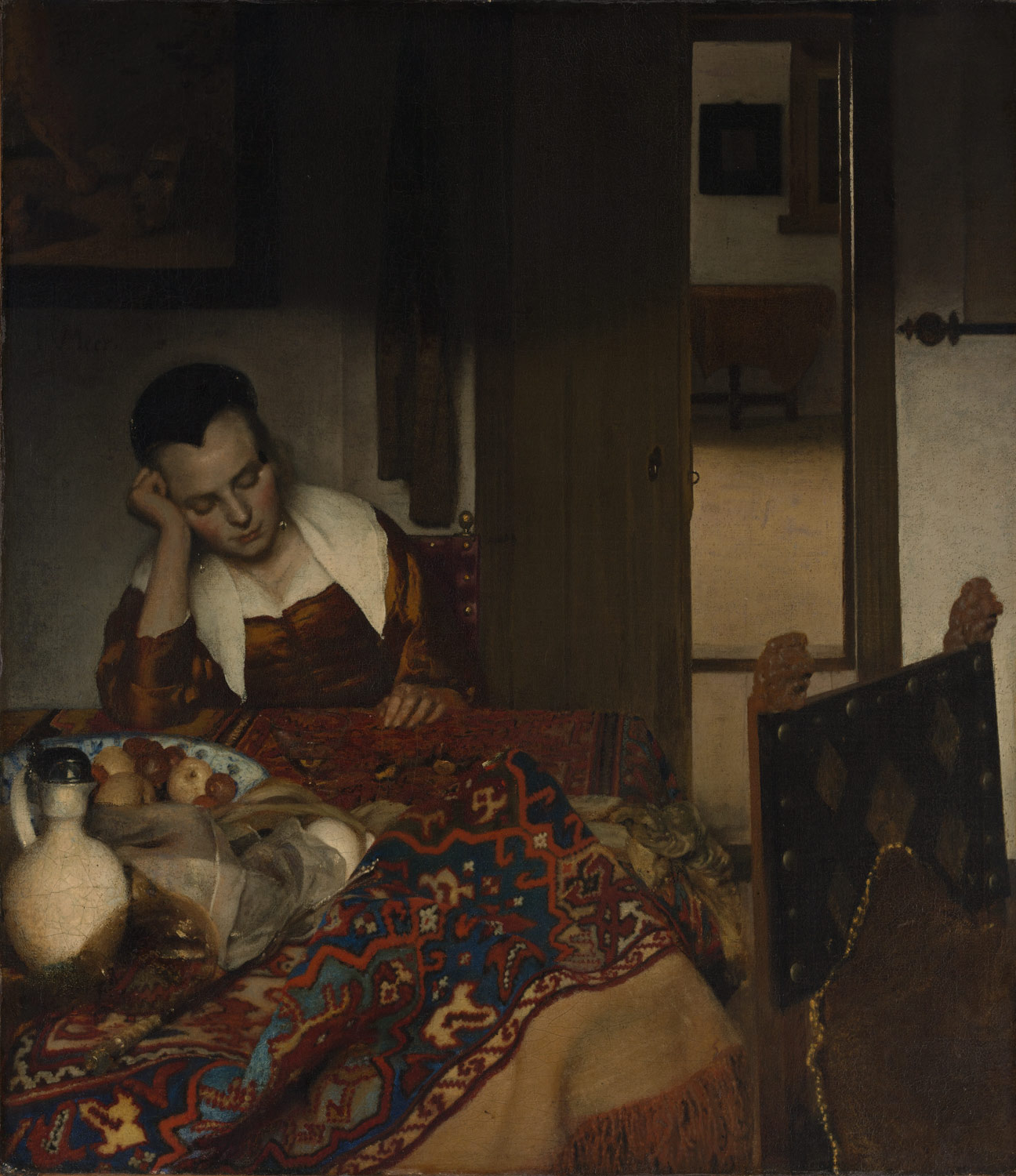 |
Narcolepsy in Children: From Probands to Family MembersFebruary 25th, 2017 |
Scope of the Meeting
Last edited | | by Maurice M. Ohayon, MD, DSc, PhD
Additional Information about Public Mental Health (PMH) | Publications
Goal
We plan to answer specific questions within narcolepsy comorbidity and mortality within families with at least one narcoleptic patient.
Narcolepsy is a rare sleep disorder affecting around 0.04% of the general population. Familial reports of narcolepsy have been reported by many investigators suggesting a genetic etiology for the disorder. Narcolepsy, however, is not a simple genetic disease in humans. There are a few family studies that examined the genetic component of narcolepsy.
The risk for a first-degree relative to develop excessive daytime sleepiness or isolated symptoms of abnormal REM sleep such as sleep paralysis or hypnagogic hallucinations is more uncertain. One study found that 4.7% of the first-degree relatives of patients with narcolepsy-cataplexy were excessively sleepy without any other obvious clinical reasons (e.g. obstructive sleep apnea syndrome, psychopathology and period leg movements excluded by questionnaire). This value is remarkably similar to that reported in several other family studies for "narcolepsy-like" symptoms in first-degree relatives. This suggests a possible genetic overlap between narcolepsy with and without cataplexy in these families. It is however difficult to conclude from these studies that genetic factors are surely involved in predisposing to excessive sleepiness in relatives of narcoleptic patients.
The importance of this genetic link, however, is not yet well known; between the full- fledge manifestation of the syndrome and its absence, it may exist sub-syndromes that can be associated with genetic markers of narcolepsy. This genetic link is more likely to appear in families with multiple cases of narcolepsy.
Objectives
1) To evaluate the family members on narcolepsy symptoms and other sleep disturbances;
2) To evaluate whether families with multiples cases of narcolepsy differ from families with a single patient with narcolepsy.
3) To verify whether environmental factors play a role in the development of narcolepsy among families with narcoleptic patients.
Program
Friday, February 24, 2017
| 18:30 - 21:00 |
Welcome dinner Place: Sushi Tomo (4131 El Camino Way, Palo Alto, CA) |
Saturday, February 25, 2017
| 09:00 - 09:10 |
Maurice Ohayon, MD, DSc, PhD Welcome and Opening Remarks |
| 09:10 - 10:10 |
Maurice Ohayon, MD, DSc, PhD Risk factors and mortality of narcolepsy probands and family members |
| 10:10 - 10:20 | Discussion |
| 10:20 - 10:50 | Break |
| 10:50 - 11:50 |
Giuseppe Plazzi, MD, PhD Narcolepsy in Children in Italy |
| 11:50 - 12:00 | Discussion |
| 12:00 - 13:15 | Lunch |
| 13:15 - 14:15 |
Yves Dauvilliers, MD, PhD Narcolepsy in Children in France |
| 14:15 - 14:25 | Discussion |
| 14:25 - 14:55 |
Kyungyeol Bae, MD, PhD Narcolepsy in Children in South Korea |
| 14:55 - 15:05 | Discussion |
| 15:05 - 15:30 | Break |
| 15:30 - 16:00 |
Cristina Milesi, PhD Summary of the Presentations |
| 16:00 - 16:40 |
Maurice Ohayon, MD, DSc, PhD Project Description |
| 16:40 - 17:30 |
Maurice Ohayon, MD, DSc, PhD Group Discussion and Next Steps |
| 18:00 - 21:00 |
Dinner Place: Dinah Garden (4261 El Camino Real, Palo Alto, CA) |
